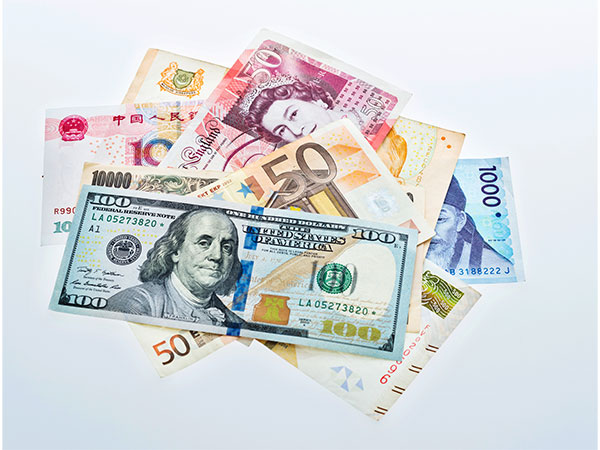India’s foreign exchange reserves have recently seen a slight dip after reaching an all-time high last week. The reserves declined by USD 3.471 billion to USD 667.386 billion in the week ending July 26, breaking a three-week rising streak. The boost in reserves so far in 2024 has been about USD 40-45 billion, providing a financial cushion against global economic uncertainties. The decline in reserves was primarily due to a decrease in foreign currency assets, which fell by USD 1.171 billion to USD 586.877 billion. Gold reserves also saw a decline of USD 2.297 billion to USD 57.695 billion during the same period.
India’s foreign exchange reserves are now enough to cover over 11 months of projected imports, giving the country a good amount of financial security. In 2023, the Reserve Bank of India added about USD 58 billion to the forex kitty after a cumulative slump of USD 71 billion in 2022. Forex reserves are assets held by a nation’s central bank in reserve currencies like the US Dollar, Euro, Japanese Yen, and Pound Sterling. The decline in reserves last year can be attributed to a rise in the cost of imported goods, but the recent drop may be a result of RBI interventions in the market to prevent excessive volatility in the exchange rate.
The RBI closely monitors foreign exchange markets and intervenes as necessary to maintain orderly market conditions. This may include selling dollars to prevent steep depreciation in the rupee. The RBI’s interventions are aimed at managing liquidity and controlling exchange rate fluctuations without a specific target level. This helps stabilize the economy and ensures that market conditions remain stable. Despite the recent dip in reserves, India’s foreign exchange reserves remain healthy and provide a strong foundation for economic stability in the face of global challenges.
Overall, India’s foreign exchange reserves have shown resilience and strength despite recent fluctuations. The country’s forex kitty has been steadily increasing, providing a solid buffer against external shocks and uncertainties. With reserves sufficient to cover several months of imports, India is well-positioned to weather economic challenges and maintain stability in the forex market. The RBI’s proactive interventions play a crucial role in managing exchange rate volatility and ensuring market equilibrium. By carefully monitoring market conditions and taking appropriate measures, India’s foreign exchange reserves continue to serve as a cornerstone of the country’s economic resilience and stability.











